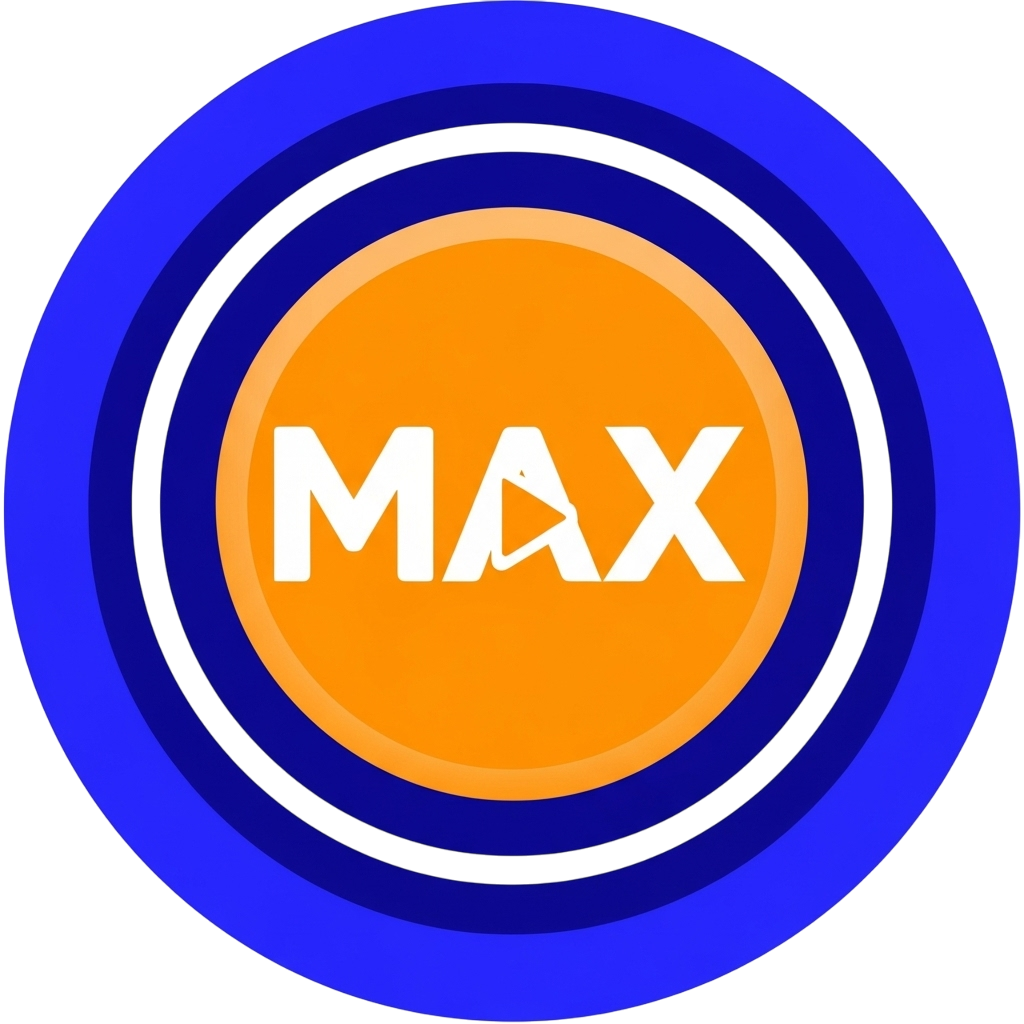Welcome to SoundboardMax.com, your home for all things loud, punchy, and perfectly timed. Today, we’re deconstructing an unsung hero of the digital soundscape: the Plop Soundboard. This isn’t just a sound; it’s the sonic punctuation mark for minor chaos and immediate resolution. It’s short, it’s hilarious, and it cuts through the loudest game audio to deliver a pure moment of comedy. If you’re a streamer, content creator, or meme aficionado, understanding the “plop” is essential for leveling up your content.
Unpacking the Cultural Echoes of the Iconic Plop Sound
The Plop Soundboard is a collection of onomatopoeic gems, but the star of the show is the sound of a soft, small object dropping-often into liquid or onto a cushioned surface. Why does it hold so much power?
Where Did This Sound Actually Come From?
The “plop” doesn’t have a single, viral video origin. It’s an inherited sound, embedded in the media we consumed for decades.
- Foley Artistry: Long before digital editors, Foley artists-those magicians who create sounds for movies and TV-used the “plop” to indicate things like a piece of dough hitting the counter, a minor character falling down, or a simple drop of water. The sound often has a low-frequency thud (the body of the sound) followed by a quick, sharp transient (the impact), making it instantly satisfying.
- Mass Media Reinforcement: The sound became universally recognizable, largely thanks to advertising. Think of the Alka-Seltzer jingle: “Plop, plop, fizz, fizz…” This campaign cemented the sound as a signal of instant, gratifying relief or resolution, making it perfect for today’s content.
How Did the Plop Soundboard Go Viral?
While the sound itself is classic, the popularity of the Plop Sound Effect exploded as streaming and short-form video content matured. Creators realized they needed simple, clean, and universally funny sounds to react to in real-time.
The “plop” is a cornerstone of the Audio Stab genre-a set of sound effects (including the “Oof,” “Boing,” and “Bruh” clip) used to punctuate jokes, failures, or surprising moments in video games and commentary. Its utility is its key to virality; it’s the perfect, low-stakes sound for minor setbacks.
The Perfect Plop Placement: Situations for Maximum Comedy
Understanding when to use this sound is the secret to content creation success. Here are the top ways content creators utilize the plop:
- Minor Failure: A character in a game slightly misses a jump, a recipe doesn’t look quite right, or a streamer tells a joke that falls flat. The plop signals, “It’s okay, it’s only a minor failure.”
- The Goofy Drop: When a character drops an unimportant item, or when a moment in a conversation becomes awkward or slightly anti-climactic.
- UI/UX Affirmation: As noted in game design, the “plop” signals that an action is complete, like placing a piece of furniture or submitting a form. Using it ironically when something doesn’t work is an instant joke.
- Pro-Tip for Creators: Your Plop Soundboard clips must be highly compressed. That heavy compression is what gives the sound that gritty, digital “crunch” that cuts through the noise and delivers a laugh. If your plop sounds weak or thin, your audio mix is too muddy-it needs more punch in the lower-mid frequencies!
Mastering the Art of Audio Punctuation with the Plop
The Plop Soundboard is a testament to the power of simple, relatable audio. It’s the perfect tool for instantly injecting humor and personality into your streams and videos. Great sound is great sound, whether it’s the roar of a crowd or a tiny, perfectly timed plop.
Ready to expand your audio library from minor drops to major damage? Check out our extensive collection, including the high-impact Glass Shattering Soundboard-it’s the perfect sound for those moments when things go gloriously, dramatically wrong!
